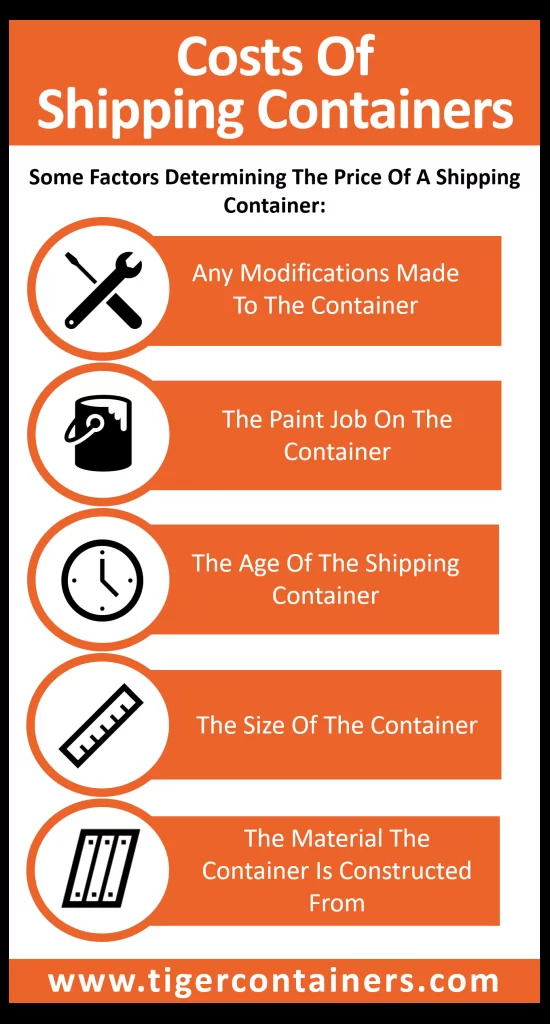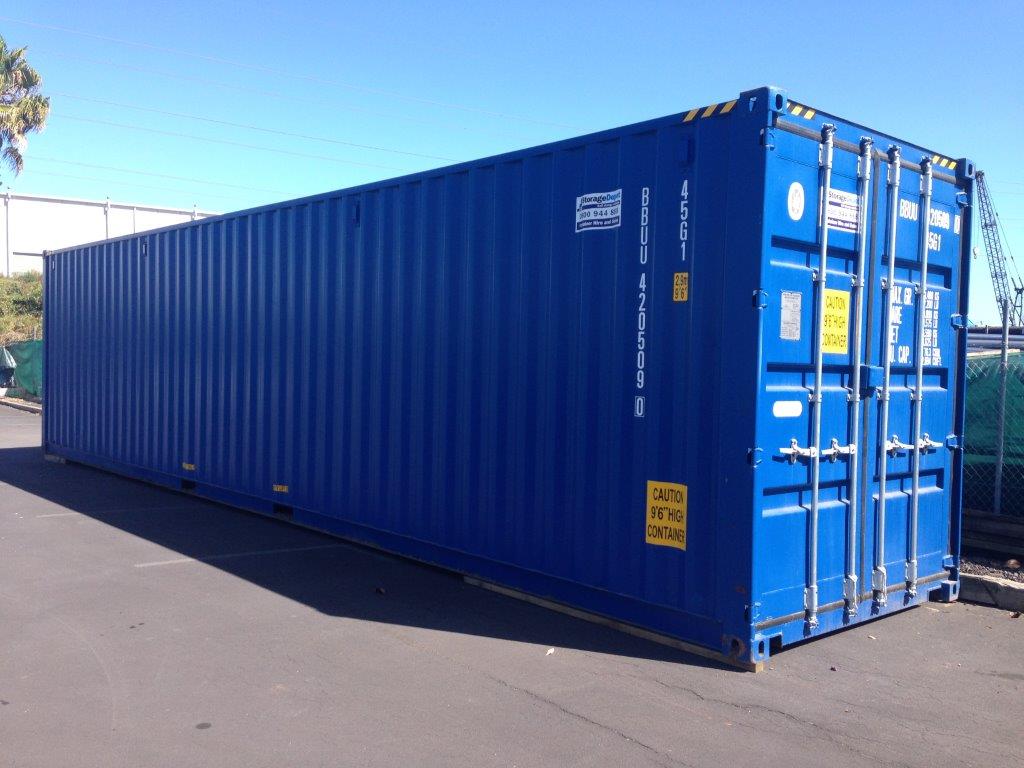Whether you need a shipping container for shipping, storage, conversion or any other purpose, it’s important that you’re careful when choosing among your options to ensure that you get a container that will serve the purpose while providing good value for your money.
In this article, we take you through the process of buying the best shipping container for your needs. We look at the options available to you, the benefits of each option, explain the jargon you’re likely to encounter, and tell you the specific things you need to look for in a shipping container before you buy.
By the end of the post, you will be able to sift through your options with ease and pick out the best shipping container for your needs.
What are your options when buying a shipping container?
You’ll have a couple of options to choose from when buying a shipping container. It’s up to you to evaluate your needs and determine which options are best for you.

First, you’ll need to decide whether you want to buy a new or a used shipping container. This decision will generally depend on your preference, how you want to use the container; and, most importantly, how much money you have to spend – your budget.
New containers are exactly that; new. They’re in pristine condition and hence attract a high price. Used shipping containers, on the other hand, will range anywhere from “almost new” to “junk” depending on their condition.
Because shippers generally prefer to buy new shipping containers rather than relocate old ones, high-quality used containers are quite cheap globally which makes them the affordable option. Additionally, buying/upcycling used shipping containers is good for the environment as it helps reduce waste and resource consumption. (Source: http://ecotalk.org/the-environmental-benefits-of-a-shipping-container-home/)
Second, you will need to pick the size and type of container you want. There are three main container sizes: 10ft, 20ft and 40ft shipping containers. Container types include high-top containers, open-top containers, refrigerated containers, insulted containers, flat-rack containers and, the most common, dry freight containers.
Depending on your requirements, you’ll need to choose the appropriate size and configuration shipping container to buy. Larger containers will generally cost more than their smaller counterparts.
How to buy a used shipping container
If you choose to buy a brand-new shipping container, the purchase process is pretty straight-forward as the container will be provided to you in perfect condition. All you need to do is agree on the price and terms and have the unit delivered to your premises.
Second hand container buyers will, however, need to get their hands a bit dirty as the process is slightly more complex than just cutting a cheque. We’ll walk you through it.
Terms that describe a container’s condition
There are specific terms (jargons) used within the container industry to describe the condition of a used shipping container. It’s important that you know these terms so that you know what you’re buying when completing the transaction. These terms are:
- One trip. This means that the container has only been used on a single trip and its condition is almost like new.
- Premium A-Grade. This is an older container that’s been sanded, refurbished and fully repainted inside and out.
- Standard A-Grade. The container has been sanded and also spot painted.
- Cargo worthy. A cargo-worthy container is seaworthy and meets international shipping standards.
- B-Grade. This container is vermin proof and has basic wind- and watertight classification.
- As-is. A container described“as-is” is very worn and has been retired.
“One-trip” containers are the most premium in the used shipping container segment with “as-is” containers being the most budget offerings.
A pre-purchase inspection is a must
When buying a used shipping container, it’s very important that you visit the seller’s premises and personally inspect the cargo container yourself. Of course, you can hire a professional to do it for you.But since it’s primarily a visual inspection that doesn’t require any special skills or knowledge, it’s easy (and cheaper) to do it yourself if you know what to look for.
Here are the things to look for when inspecting a used shipping container for purchase:
- The frame structure.
The strength of a shipping container lies within the 12 steel beams found along the edges of the container’s six faces. These beams should be in good condition and should not have any deep dents or rust. A damaged frame is harder to repair than any other type of damage.
These steel beams are hollow, so be sure to check on both sides (inside and outside) especially when checking for rust.
- The container’s walls.
These make up the majority of what you’ll see when looking at a shipping container. They’re made of corrugated steel and provide some structural support as well.A few dents and some surface rust on the container’s walls are perfectly normal when you’re looking at a used unit.
Make sure the dents are not large enough as to affect the integrity of the structure and that any rust on the walls does not go all the way through. Tap rusty spots with a hammer or something hard to see if large flakes of rust fall off or if holes appear. Make sure to check both the outside and inside walls.
- The roof
Like the walls, the roof of a shipping container is also made with corrugated steel, but the shape of the sheets differs slightly from that of the walls. Use a ladder or step on something to check out the roof from above. Don’t climb onto the roof if it looks damaged.
You need to ensure that there are no significant dents on the roof, holes or substantial rust that could cause holes to develop later on in the container’s life.
- End doors
The doors and the associated mechanisms are the only moving pieces of the shipping container. As such, they have a few components that could get damaged by rust, dirt, corrosion and impacts.
Check the doors to see if they shut properly and whether the hinges are in good condition. Make sure the lock bars turn freely and check the rubber gaskets that surround the doorsto see if they’rein good shape. Also check to see if there is any corrosion under the gaskets.
- Interior
The interior inspection is mostly a continuation of what you’ve checked outside. Check the walls, structural frame, roof and doors from the inside to make sure they don’t have any significant damage.
To see if the container is water tight, close the doors while you’re inside and observe to see if any light is entering the container through holes. Small holes are fine, but bigger ones could be a problem to fix.
Inspect the container’s floor (generally made with plywood) to see if it’s fairly intact. Also smell for any strong odours while inside the container as this could be an indication of the container being contaminated.




